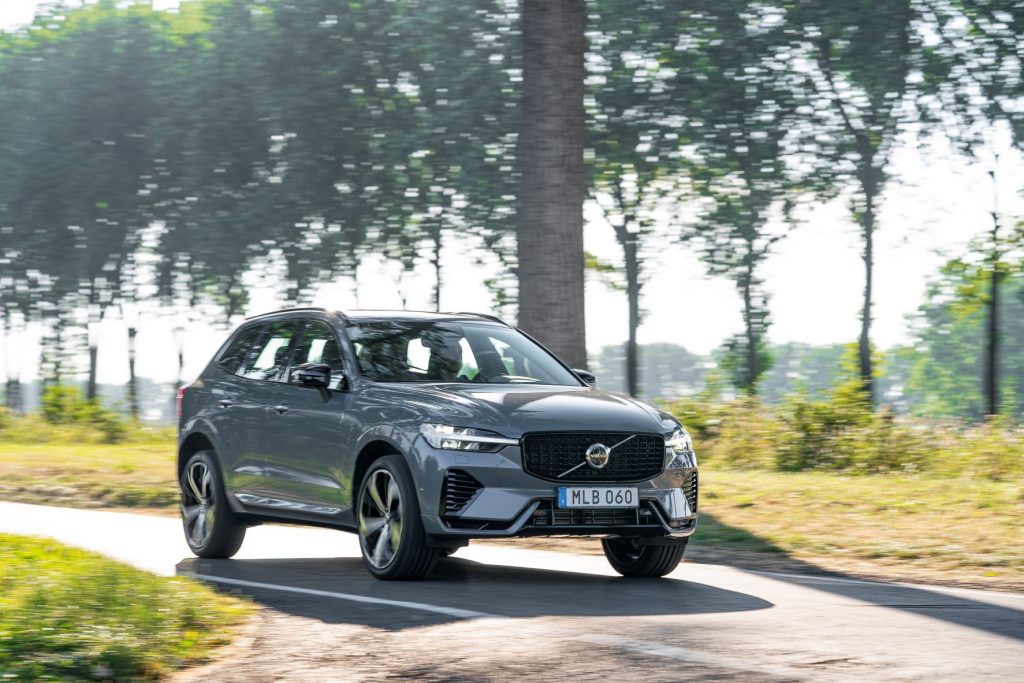Chris Riley tests the 2022 Volvo XC60 B6 R-Design with pricing, specs, ride and handling, safety, verdict and everything the over-50 driver needs to know.
Summary: Always just a little different than the usual European luxury cars, and perhaps a cleverer choice. The XC60 ticks a lot of boxes.
2022 Volvo XC60 B6 R-Design
Pricing: $82,490 (B6 R-Design). B5 Momentum from $68,490, B5 Inscription from $76,490. Recharge PHEV from $97,990. All plus on road costs
Warranty: Five-years, unlimited km
Safety: 5-star ANCAP
Engine: 2.0-litre turbocharged DOHC four-cylinder engine, plus electric motor
Power: 220kW at 5400rpm
Torque: 420Nm at 2100-4800rpm
Transmission: 8-speed automatic, all-wheel drive
Body: 4708mm (long); 1902mm (wide); 1653mm (high)
Weight: 2500kg
Towing capacity: 2400kg
Wheels: 21-inch alloy
Tyres: 255/40 R21
Ground clearance: 216mm
Turning circle: 11.8mm
Fuel tank: 71 litres
Thirst: 8.0L/100km (premium unleaded)
Consumption on test: 9.3L/100km (400km)
seniordriveraus consumption on test: not tested
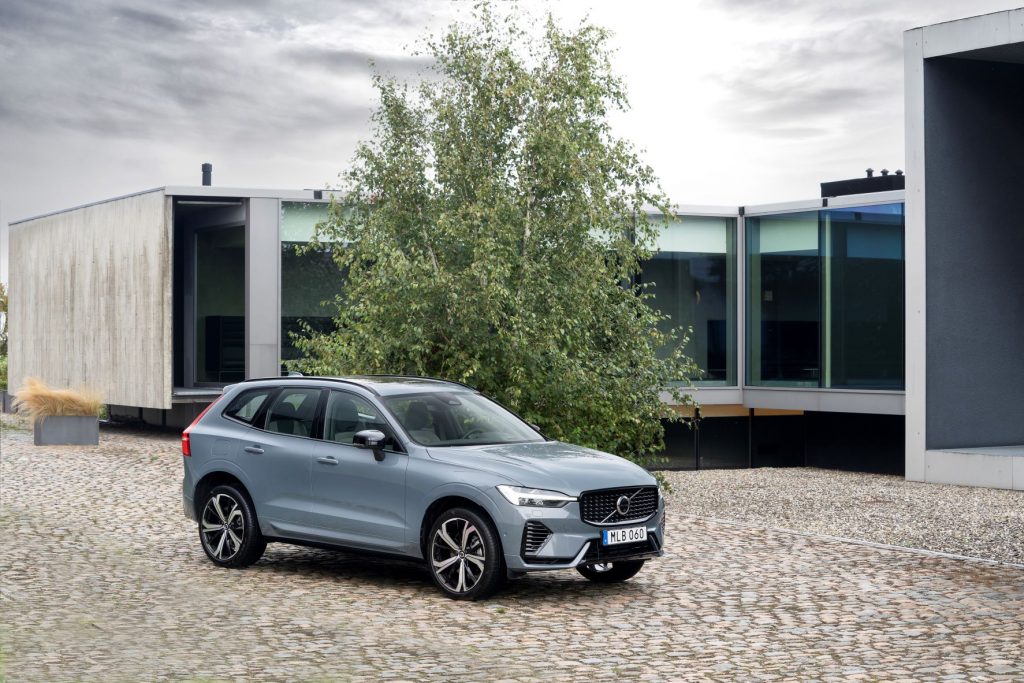
[review]
We’ve always thought of the XC60 as the Goldilocks of the Volvo SUV range, not too big and not too small – just the right size.
The mid-sized XC60 has been part of the line-up since 2008, with the second and latest generation of the five-seater arriving here in 2017.
It’s the second most popular model in the range, just behind the smaller and cheaper XC40 – and is now available only in hybrid form.
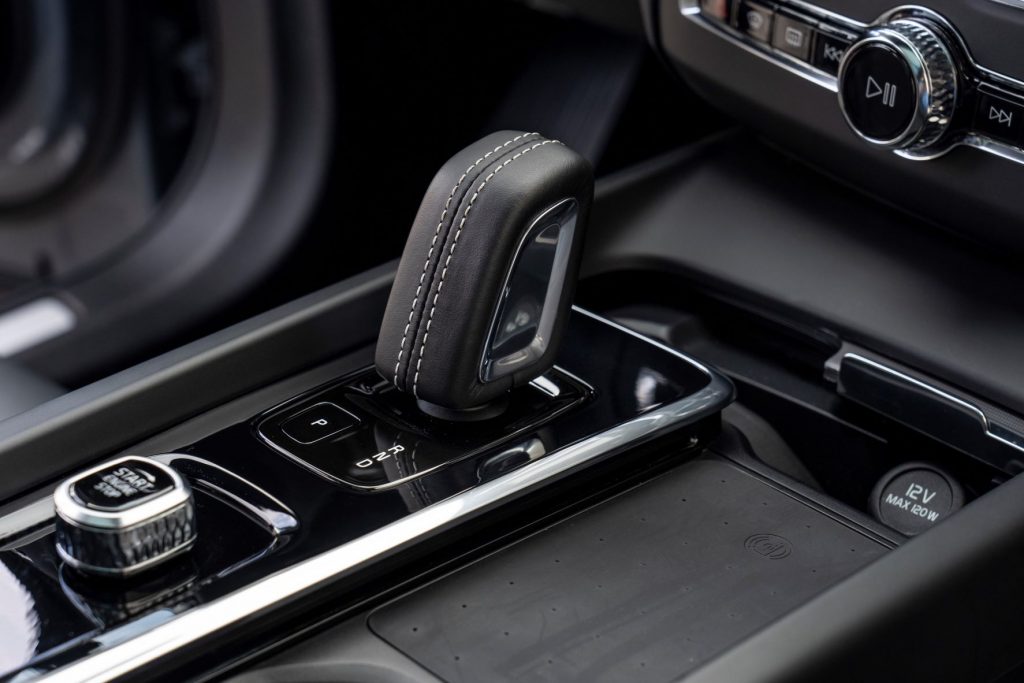
What’s it cost?
A lot has changed and much remains the same since we last drove XC60 three years ago.
It’s now available in four grades – B5 Momentum, B5 Inscription, B6 R-Design and the Recharge PHEV.
The first three are equipped with a mild, self-charging hybrid system in two states of tune, while the latter offers a full, plug-in hybrid setup and an electric only range of 81km.
Prices start from $69,490 plus on-roads for the B5 Momentum, B5 Inscription is $76,490, while our test vehicle, the B6 R-Design, is priced from $82,490.
Top of the line Recharge PHEV will test buyer commitment to saving the planet at $97,990.
Standard kit includes Nappa leather, metal mesh inlays, four-zone climate air, and power adjust heated driver and front passenger seats.
It rides on flashy 21-inch alloys, with auto lights and wipers, auto-dimming rear view mirror, auto parking with front and rear sensors, active cruise control, LED lights with auto high beam, head-up display, road sign recognition, power tailgate, satellite navigation, wireless phone charging and road sign speed limit recognition.
Not much is known about the standard ‘High Performance’ audio system, apart from the fact it has 10 speakers, DAB+ digital radio and some form of noise cancelling.
At $1800, the optional 600-watt Harman Kardon system has 14 speakers, with unique sound processing software to optimise response.
Then there’s a $4100 Bowers & Wilkins system with 1100 watts and 15 speakers, including a really cool dash-mounted centre tweeter.
Four room modes including ‘Concert Hall’ and ‘Jazz Club’ allow you to recreate the acoustics of a specific room inside the car.
XC60 scores a five-star safety rating, with seven airbags, autonomous emergency braking (AEB), lane support systems (LSS) and speed assist systems (SAS).
There’s also a rear-view camera, excellent overhead camera plus front and rear park sensors, built-in rear child booster seats, along with blind spot monitoring (BSM), forward collision warning (FCW), lane departure warning (LDW) and lane keep assist (LKA).
Options fitted included metallic paint ($1950), Air Suspension with Four-C Active Chassis ($2600) and the Harman Kardon lifestyle pack ($3900) which adds a panoramic sunroof, tinted rear windows and premium Harman Kardon audio.
Advanced Air Cleaner ($500) and the Climate Pack ($400) had also been added, the latter consisting of a heated steering wheel and headlight cleaners.
Together they take the total price of the test car to $91,840 plus on-roads.
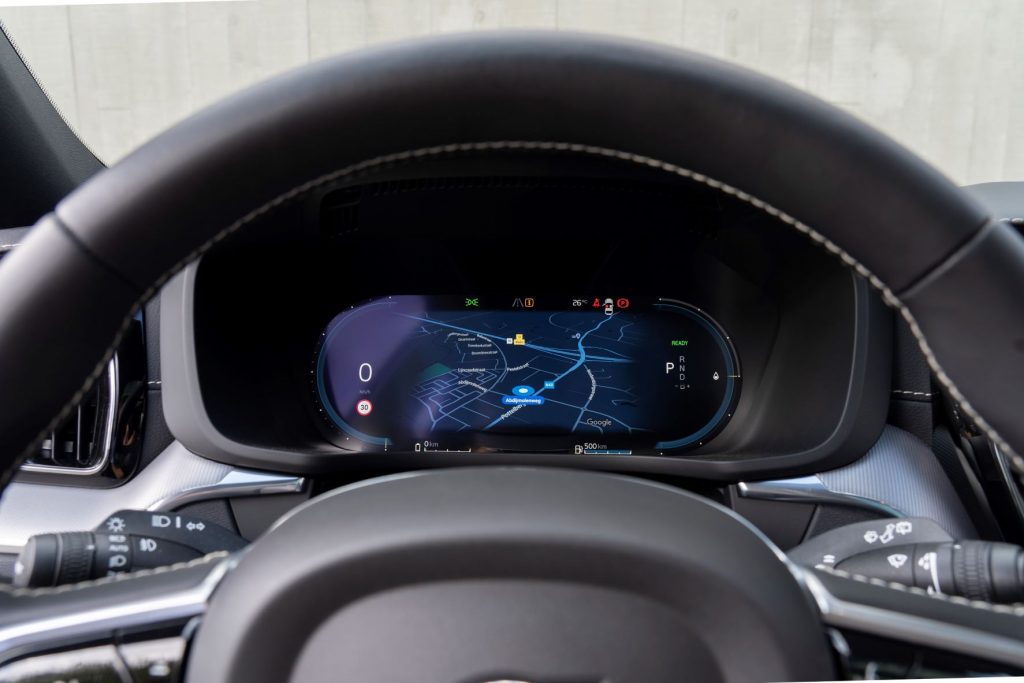
Apart from the move to electrification, the big news with the latest XC60 is the move to Google’s Android Automotive operating system.
In contrast to Android Auto, Android Automotive is a full operating system, like IOS or Windows 10 – built right into the car and not reliant on a smartphone.
It was just a few short years ago that Volvo was talking up a collaborative effort with Microsoft.
The recently released Polestar 2 (Volvo’s performance offshoot) is the first car to come with Android Automotive, developed in conjunction with Volvo and Audi.
XC60 is the second model in the Volvo line-up to get the system.
It offers similar functionality to your Android phone, with Google apps and services built in, and access to more apps through Google Play – just like your phone, tablet, Chromebook and even the TV in your lounge room.
And, like your phone, it can be updated over the air which must be a huge relief for car makers, left chasing their tails with rapid changes in technology and a constant demand for map updates.
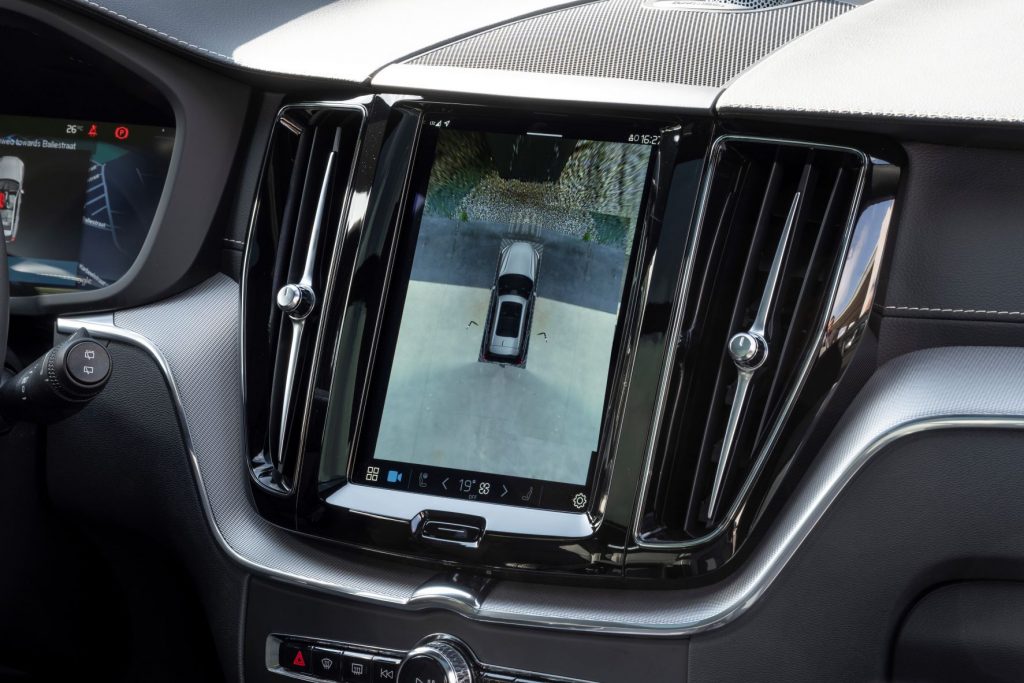
A 9.0-inch touchscreen is mounted vertically in the centre of the dash, with built-in Google Maps for navigation.
But the focus is clearly on voice control.
A “Hey, Google” lets drivers do things like control temperature, set destination, play music and podcasts, as well as send messages – all with their hands still on the wheel.
Apps are optimised and adapted for use in the car and more can be installed via Google Play, but as yet the number available is limited.
Pairing the XC60 with your Google account provides access to email, Chrome favourites and everything else that comes with it, providing of course you have internet access.
You can still drive the car and use Google Assistant and Google Maps without a Google Account, but if you’re offline or signed out, some apps and features may not be available.
Google Play requires a logged-in Google Account whereas Google Assistant and Google Maps will not be as personalised if signed-out.
To facilitate connectivity XC60 comes with its own SIM card, with free net access for four years.
After that, you will need to re-subscribe, but Volvo can’t or won’t tell us how much extending this service will cost … not yet at least.
There’s also the question of navigation, because internet access can be an issue in regional areas, although Google Maps now offers an offline mode (not tested).
Part of the Apple universe? That could also be an issue because there’s no Apple CarPlay.
iPhone users can create a Google account or connect their phone via Bluetooth, which permits use of the car’s speakers for voice calls or sending text messages through Google Assistant.
What’s it go like?
Volvo is on a mission to electrify its fleet by 2030, with EVs earmarked to account for 50 percent of sales by 2025.
It’s well on its way to achieving this goal and XC60 is part of that plan, with mild hybrid and plug-in hybrid options – but no diesel and no full petrol powertrains any more.
The 2.0-litre turbocharged set-up, supplemented by an electric motor, produces 220kW of power at 5400rpm and 420Nm of torque from 2100-4800rpm, with auto stop-start and drive available to all four wheels via an eight speed traditional auto.
There’s no need to plug in this one either, because it’s self-charging like a Prius.
Energy recovered during braking tops up the 0.4kWh battery pack.
The electric motor provides boost for the petrol engine off the mark, providing better performance, but does not power the wheels directly.
Volvo calls it E-charger and it is designed to compensate for the lag normally associated with turbocharged engines before the turbo has time to spool up.
It can increase boost by supplementing exhaust energy to drive the compressor or act as a gas-driven generator to turn exhaust energy into electricity that can be stored for later use.
For a hybrid, our test vehicle was no slouch either, with the dash from 0-100km/h taking a creditable 6.2 seconds (but interestingly, top speed is limited to 180km/h).
This is a Volvo thing, a step it sees as a necessity on the path to eliminating road deaths. Even if it saves one life, they claim it’s worth the effort.
We prefer the 8-speed torque converter auto in this car to twin-clutch setups that we’ve driven.
It’s smoother and more predictable, but lacks change paddles and a sport mode – both used to be offered.
There are settings to firm up the steering and air suspension, as well as an off road mode, but the first two are fairly superfluous, because it feels okay in standard mode.
Off-road maybe, but who the hell is going to take one of these off-road?
With five adults aboard and a short, steep section of road ahead, we can’t say the car struggled – but it became quite noisy and was obviously working hard.
Apart from a cap on speed, XC60 comes with Care Key, which allows you to lock down features, including an even lower speed limit – for example before lending the car to the kids.
The Google system would be great if it worked the way it’s supposed to. Maybe it just doesn’t like my voice, because it wouldn’t turn on the wipers, wouldn’t change to my favourite radio station or even call the wife.
I guess it’s what you call a work in progress.
XC60 can tow a 2400kg braked load and comes with a space saver spare.
The 2.0-litre twin turbo diesel model that we drove previously weighed 32kg more, was good for 5.6L/100km and produced 148g/km of CO2.
Back then we achieved 7.3L/100km.
With a 71-litre tank, this one is rated at 8.0L/100km, produces 182g per kilometre and we finished with 9.3L/100km after more than 400km of mixed driving – with 380km still to go.
Sorry, but I’m not sure what we’ve gained.
Servicing is every 15,000km or 12 months and two pre-paid service plans are available: three years/45,000km for $1500 or five years/75,000km for $2500.
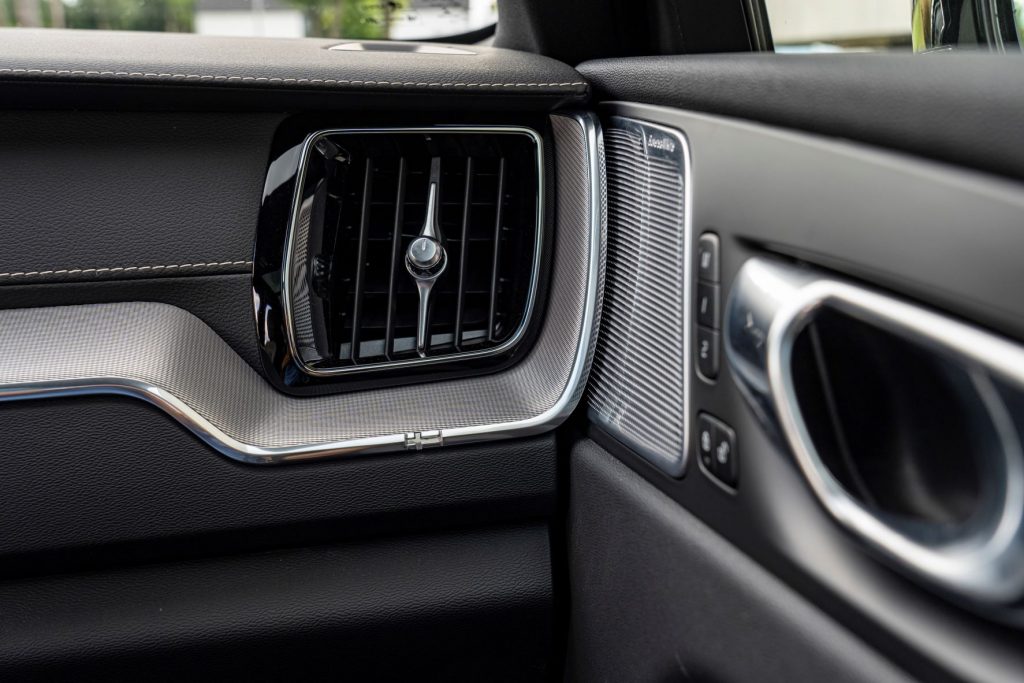
What we like
- Good size
- Comfortable
- Luxury look and feel
- Plenty of punch
- Doesn’t use much fuel
- Not outrageously expensive
What we don’t like
- No drive modes
- No change paddles
- 5km increments for cruise
- Space saver spare
What over-50s need to know
You could do a lot worse than the Volvo XC60.
It’s an aspirational brand, sitting somewhere between premium and luxury.
And XC60, particularly the B6 R-Design, could be viewed as a kind of reward-driven purchase.
Volvo as a company is on a roll right now, with sales on the rise, running third behind Benz and BMW.
It’s push towards electrification could be a driver too.
XC60 looks flash, is a good size, has plenty of punch and importantly doesn’t use much fuel – and being a Volvo is of course very safe.
It’s big enough without being too big, but neither is it too small, and sits high enough to make getting in and out easy.
Although it comes chock full of technology, Volvo seems keen to simplify things, to declutter the dash and to reduce the number of decisions you need to make as a driver.
Twist to start, put it in Drive and away you go. In the all-electric XC40, there’s not even a start button.
What’s more, if you do need to change something, it can all be done through the touchscreen – with an emphasis on voice control.
However, if you happen to be an Apple user, you could be put off by the whole Google thing, a risk Volvo has obviously decided to take by putting all its eggs in one basket.
Hope we’re not asked to update the car every other year like our smartphones.
seniordriver comments
Volvo hits the sweet spot by delivering sufficient luxury credibility without being seen as pretentious or overly expensive. The XC60 takes that a stage further, being perhaps the ideal compromise between size and weight that makes it ideal around town, equally good on the open highway and, if you must, off-road.
The price jump for the PHEV, like many of its ilk, is difficult to justify, and, as we’ve mentioned before, PHEV buyers get no incentives and are hit with both the fuel excise and (depending on the State you’re in) a usage charge. All of which makes the $100,000 asking price very hard to rationalise.
You’ll also struggle to justify $1800 for the optional Harmon Kardon sound system, and even more for the $4100 Bowers & Wilkins system. If you’re a committed audiophile, you may see it as worthwhile, but you’ll need to be keen.
The option list will also test your commitment and unless you’re selective, will push the price way beyond the entry price.
Voice control continues to be a hit-or-miss affair, and like Chris, we’ve had numerous problems getting these systems to work as they should. Not knowing what your subscription to net access will cost once your free four years runs out is another consideration. So too, if you’re a committed Apple user (and the world seems to split down the middle for Apple versus Microsoft). If all your devices are Apple, you won’t be amused at not being able to get Apple CarPlay.
Volvo limiting the top speed is an interesting proposition; you get all the benefits of high performance, with the only limitation being the ability to exceed 180km/h, which is illegal anywhere on Australian public roads. It makes sense to us. So does being able to control certain features if you lend the car to someone, or let your offspring drive it.
All in all, the Volvo XC60 is well worth placing on your shopping list if you’re in the market for a mid-size luxury SUV.

